Class of Their Own
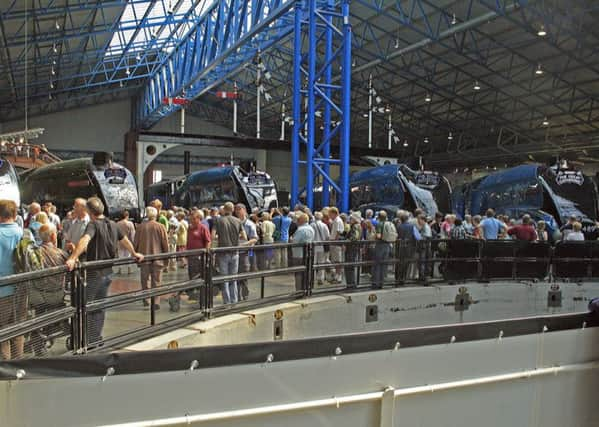

The engines were designed by Nigel Gresley ,who lived in Doncaster until 1923. He then moved to London, becoming chief mechanical engineer of the newly formed London & North Eastern Railway. In the ensuing years, he designed many locomotives and carriages and quite a number were built at Doncaster and York.
The LNER Board instructed Gresley to approach the builders of the German diesel-electric car – known as the “Flying Hamburger”– with an order for a three-coach diesel-electric unit to operate a four- hour schedule between Newcastle and King’s Cross.
Advertisement
Hide AdAdvertisement
Hide AdBut the Germans’ unit was incapable of beating a time of four and a half hours and the passenger accommodation was unsatisfactory. Gresley was asked if his earlier designs for the Class A1 and A3 locomotives could be adapted. He carried out tests with one of the class A3 locomotives and experiments with several front-end shapes, to determine which gave least resistance to winds, and produced a new engine. This was Class A4 no. 2509 named Silver Link with a 4-6-2 wheel arrangement and it was completed at Doncaster in September 1935.
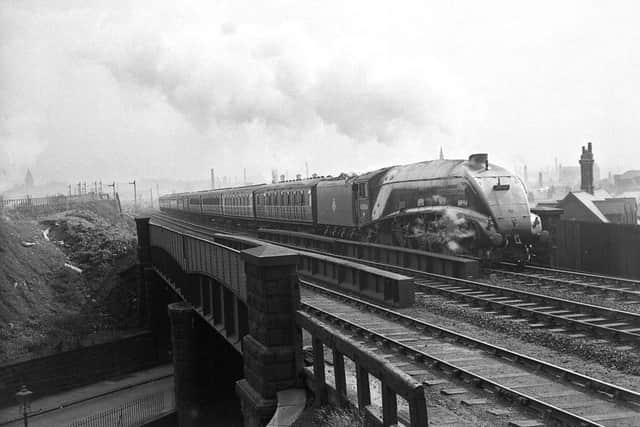

The locomotive had a Bugatti-type ‘wedge’ nose and silver-grey paintwork – one writer described it as an apparition. The first four A4s built – all including Silver in their name – were allocated to the Newcastle-King’s Cross seven coach Silver Jubilee train, named in honour of the Silver Jubilee of George V and Queen Mary. The new engines performed superbly and on the inaugural run, pioneer of the class no. 2509 achieved a new speed record of 112 and a half mph. No. 2512 Silver Fox of this first A4 batch carried a stainless steel fox on each side of its boiler casing, embellishments manufactured by Sheffield steel producers Samuel Fox & Co.
A following batch of locomotives was named after birds; another after British Empire countries, as they were intended to haul the new Anglo-Scottish Coronation train; and a further two received names connected to the wool trade: Golden Fleece and Golden Shuttle.
The most famous Class A4 performance was achieved on Sunday July 3, 1938. Newly built no. 4468 Mallard, hauling a ‘test’ train of 240 tons down Stoke Bank, reached a maximum speed of 126 mph. The crew on its record run were driver Joseph Duddington, 61, a man renowned for taking calculated risks, and fireman Thomas Bray. Duddington said afterwards: “With my lovely blue streamlined engine Mallard, we drew away from Grantham. I accelerated up the back to Stoke Summit an’ passed Stoke Box at eighty five. Once over the top, I gave Mallard her head, and she jumped to it like a live thing!”
Advertisement
Hide AdAdvertisement
Hide AdLater, plaques were affixed to the locomotive to commemorate the feat, a world record that has never been officially exceeded by a steam locomotive.
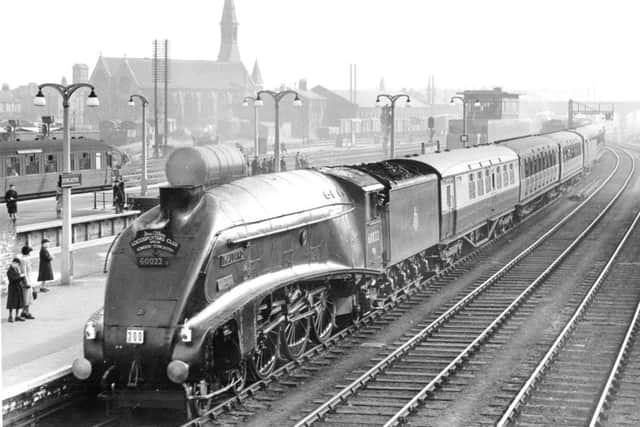

During the Second World War the A4s hauled trains that were much heavier than previously considered normal. Early in the conflict no. 2509 Silver Link was attached to the 1300 to Edinburgh consisting of 23 carriages weighing 734 tons tare, 790 tons gross. On April 15 940 no. 2509 went further by taking the 1300 to Newcastle out of King’s Cross with 850 tons gross behind the tender.
No. 4468 Mallard and Driver Duddington were also keeping up their performance levels with a run from Peterborough to King’s Cross in 78 minutes.
During hostilities, the A4s’ appearance changed slightly. At the end of 1941 Garter Blue was no longer available and black had to be used for the A4s’ livery.
Advertisement
Hide AdAdvertisement
Hide AdNo. 4469 Sir Ralph Wedgwood had only been in traffic for 12 days after repair in April 1942 and was being held at York shed overnight. On April 29 York was targeted in a bombing attack in retaliation by the Germans for the destruction of Lübeck.
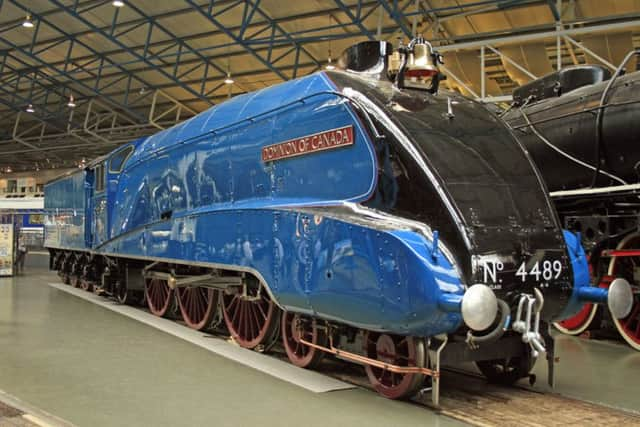

Many places were hit in York during the raid, including the railway station and the locomotive depot where no. 4469 was resting. The engine took the force of a high-explosive bomb on the right-hand side, causing irreparable damage.
After the war, the A4s continued to make regular appearances on the East Coast Main Line, and were immensely popular, achieving impressive results. A number spent their last working days in Scotland.
The demise of steam came in 1968 – 28 A4s were scrapped and six preserved. Included among the latter was Mallard – acquired for the nation. After restoration at Doncaster the locomotive took centre stage at the Museum of British Transport, Clapham, which was opened in 1963. The locomotive’s identity had reverted to the LNER’s when refurbished, having Garter Blue livery applied as well as the original number.
Advertisement
Hide AdAdvertisement
Hide AdMallard was restored to working order in the 1980s, hauling specials between York and Scarborough in July 1986 and a couple of runs between York and Harrogate/Leeds around Easter 1987. The locomotive was then used in 1988 to celebrate the historic run, but has not operated since.
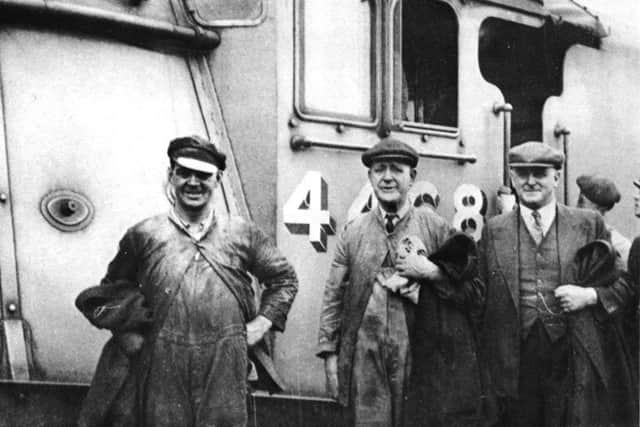

In 2013 Mallard and its five surviving sister A4s marked the calendar anniversary of the engine’s record-breaking run by spectacularly gathering together around the Great Hall turntable at York. They were the three operational A4s – Sir Nigel Gresley, Union of South Africa and Bittern, plus Dwight D. Eisenhower, Dominion of Canada and Mallard. It marvellously demonstrated how popular the A4s remain.